The world of nanotechnology has witnessed a fascinating phenomenon known as the quantum confinement effect in semiconductor quantum dots. This effect, which arises when the size of a semiconductor particle is reduced to the nanometer scale, leads to discrete energy levels akin to those observed in atoms. Unlike bulk semiconductors, where energy levels form continuous bands, quantum dots exhibit atom-like properties due to their tiny dimensions, making them a subject of intense research and application across various fields.
At the heart of the quantum confinement effect lies the relationship between the size of the quantum dot and the behavior of electrons and holes within it. When the physical dimensions of a semiconductor material become smaller than the exciton Bohr radius, the motion of charge carriers is restricted in all three spatial dimensions. This spatial constraint results in the quantization of energy levels, effectively turning the quantum dot into an "artificial atom." The energy gap between these discrete levels increases as the size of the quantum dot decreases, offering a tunable parameter for controlling optical and electronic properties.
The implications of this size-dependent quantization are profound. Researchers can precisely engineer the bandgap of quantum dots simply by adjusting their size during synthesis. This tunability has opened doors to a wide range of applications, from vibrant displays in consumer electronics to highly sensitive biological imaging techniques. The ability to control light emission across the visible spectrum without changing the material composition represents a significant advantage over traditional semiconductor technologies.
Experimental observations of quantum confinement typically involve spectroscopic techniques that reveal the discrete nature of energy states in quantum dots. Photoluminescence spectroscopy, for instance, shows narrow emission peaks corresponding to transitions between quantized energy levels. These spectral features stand in stark contrast to the broad emission bands characteristic of bulk semiconductors, providing clear evidence of quantum confinement effects. The linewidth of these emission peaks also offers insights into the size distribution of quantum dots within a sample.
Theoretical frameworks for understanding quantum confinement have evolved alongside experimental advancements. Early models treated quantum dots as simple potential wells with infinite barriers, providing a basic understanding of energy quantization. More sophisticated approaches now account for finite potential barriers, Coulomb interactions between electrons and holes, and the influence of surface states. These refined models better explain experimental observations and guide the design of quantum dots with specific properties for targeted applications.
One particularly intriguing aspect of quantum confinement is its impact on the density of states. In bulk semiconductors, the density of states varies continuously with energy. In quantum dots, however, it becomes discrete, resembling the delta function distribution seen in atomic systems. This fundamental change in electronic structure dramatically alters how quantum dots interact with light and electric fields, enabling phenomena such as single-photon emission that are unattainable with conventional semiconductors.
The synthesis of quantum dots with precise control over size and composition has been crucial for harnessing quantum confinement effects. Colloidal synthesis methods, for example, allow for the production of quantum dots with narrow size distributions through careful manipulation of reaction conditions. More recently, epitaxial growth techniques have enabled the creation of quantum dots with exceptional uniformity and crystalline quality, further enhancing their quantum confinement characteristics.
Practical applications of quantum-confined quantum dots are already making waves in multiple industries. In display technologies, quantum dot LEDs (QLEDs) offer superior color purity and energy efficiency compared to traditional displays. Medical imaging benefits from quantum dots' bright, stable fluorescence and the ability to tune their emission to penetrate biological tissues effectively. Emerging applications in quantum computing leverage the discrete energy states of quantum dots to create qubits with long coherence times.
Despite these advances, challenges remain in fully exploiting quantum confinement effects. Issues such as fluorescence blinking, where quantum dots randomly switch between emitting and non-emitting states, can limit their utility in certain applications. Surface defects and environmental sensitivity also pose obstacles to consistent performance. Ongoing research focuses on developing robust encapsulation methods and surface passivation techniques to address these limitations while preserving the desirable quantum confinement properties.
The future of quantum dot research appears bright, with new directions exploring coupled quantum dot systems and hybrid nanostructures. These systems exhibit modified quantum confinement effects due to interactions between neighboring quantum dots or between quantum dots and other nanomaterials. Such architectures may enable even greater control over electronic and optical properties, potentially leading to breakthroughs in areas like intermediate band solar cells and quantum information processing.
As our understanding of quantum confinement deepens and synthesis techniques become more sophisticated, semiconductor quantum dots continue to reveal their remarkable potential. From fundamental studies of quantum mechanics in nanoscale systems to practical applications that touch our daily lives, the quantum confinement effect stands as a cornerstone of nanoscience and nanotechnology. The ability to manipulate matter at this scale to produce designer quantum states represents one of the most exciting frontiers in modern materials science.
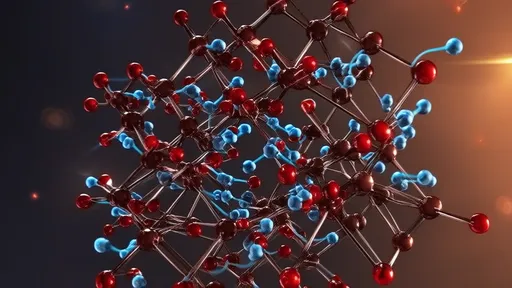
By /Jun 19, 2025
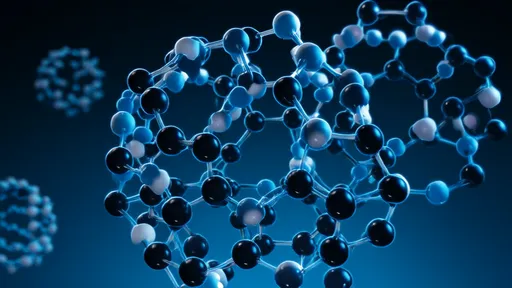
By /Jun 19, 2025

By /Jun 19, 2025

By /Jun 19, 2025

By /Jun 19, 2025

By /Jun 19, 2025
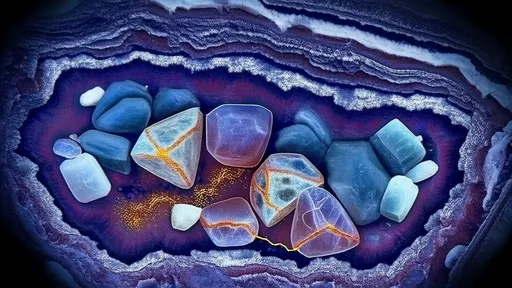
By /Jun 19, 2025

By /Jun 19, 2025

By /Jun 19, 2025

By /Jun 19, 2025
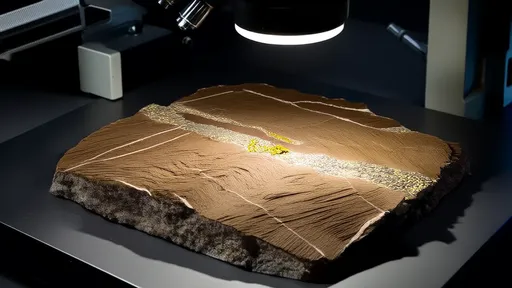
By /Jun 19, 2025
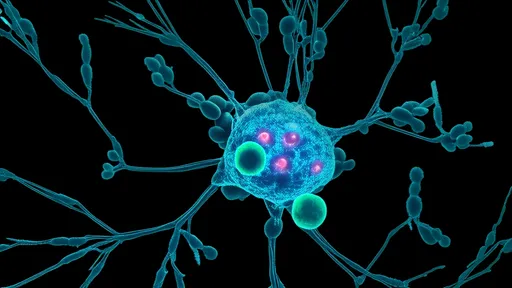
By /Jun 19, 2025
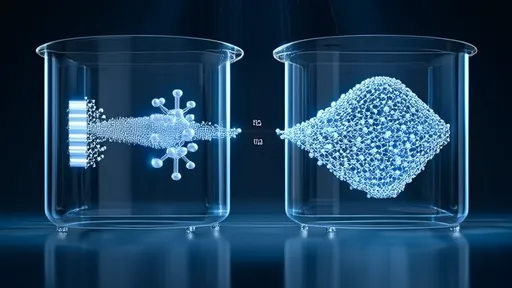
By /Jun 19, 2025

By /Jun 19, 2025

By /Jun 19, 2025
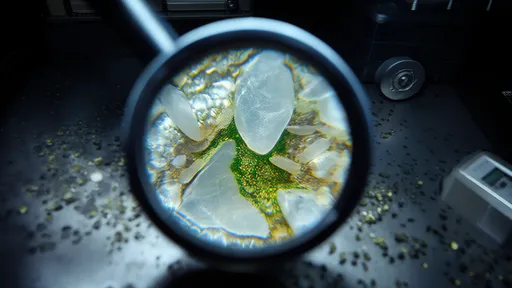
By /Jun 19, 2025
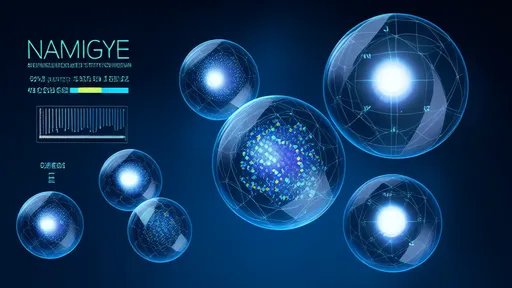
By /Jun 19, 2025